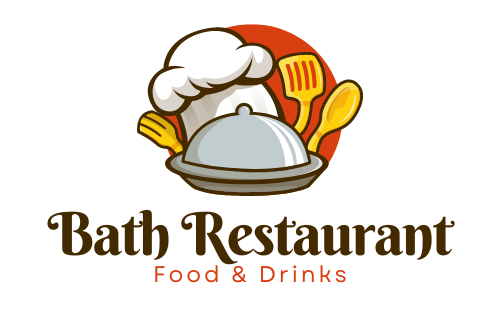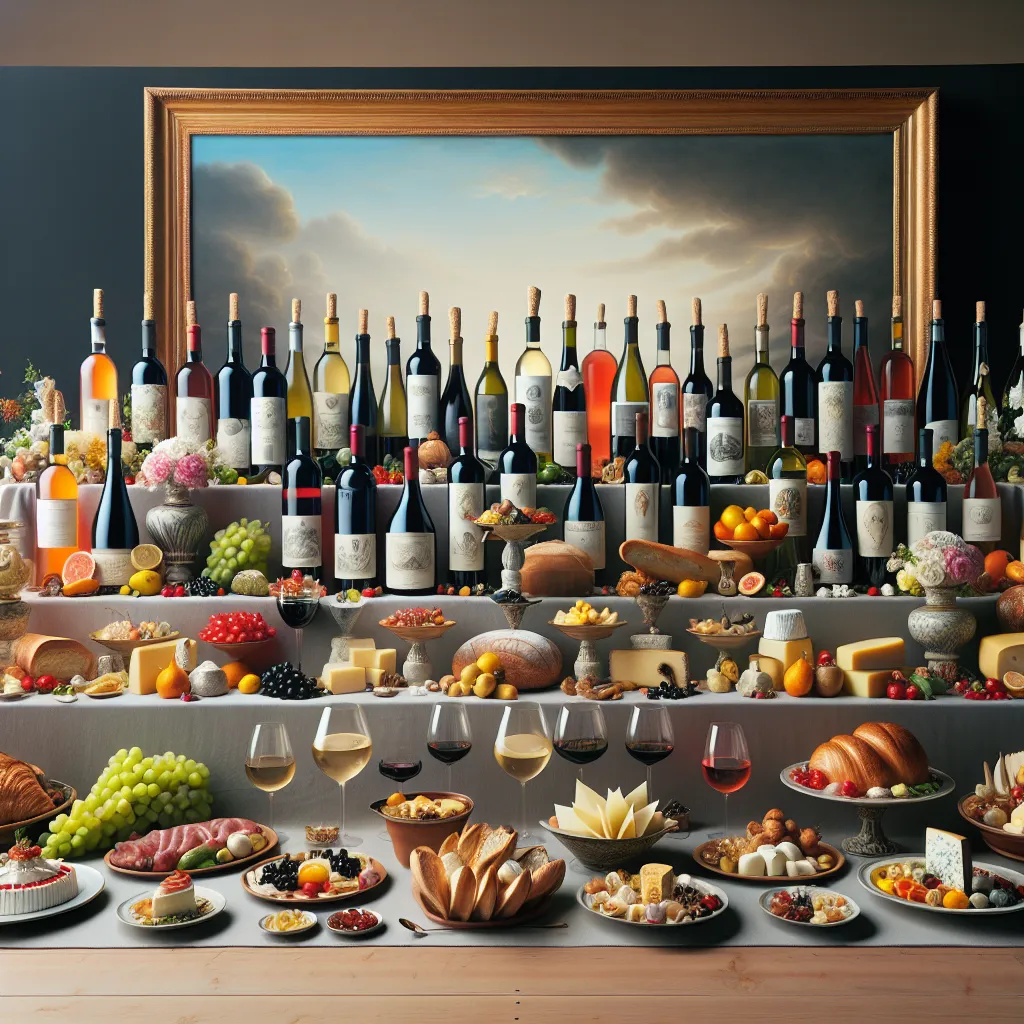Understanding Wine Characteristics for Food Pairing
Mastering the art of pairing wine and food involves understanding the intricate interplay between the characteristics of wine and the flavors of food. When it comes to understanding wine characteristics for food pairing, several key elements come into play. Firstly, the body of the wine, ranging from light to full-bodied, plays a crucial role in complementing the weight of the dish. Light-bodied wines, such as Pinot Noir, pair well with delicate dishes, while full-bodied wines like Cabernet Sauvignon stand up well to richer, heavier meals.
Acidity is another essential element, as it can either contrast or complement the flavors of a dish. For example, high-acid wines like Sauvignon Blanc can cut through the richness of creamy sauces, while low-acid wines might be overpowered by the same dish. Furthermore, the tannin levels in red wines interact with the protein and fat in meat, making them an excellent match for steak or lamb.
A wine’s flavor profile, be it fruity, earthy, or floral, also impacts pairing. Sweeter wines can balance spice and heat, while earthy wines can harmonize with earthy, savory flavors. Ultimately, understanding these wine characteristics is essential for creating harmonious and memorable dining experiences through expert wine and food pairing.
Exploring the Principles of Wine and Food Complementarity
When it comes to mastering the art of pairing wine and food, understanding the principles of wine and food complementarity is essential. Exploring the intricate interplay between the flavors and characteristics of both wine and food can elevate the dining experience to new heights. The concept of complementarity revolves around the idea of enhancing the overall dining experience by pairing wines that complement the flavors and textures of the dishes they accompany.
One of the fundamental principles of wine and food complementarity is that the wine should either complement or contrast the flavors of the dish in a harmonious way. For example, a rich and creamy pasta dish can be wonderfully complemented by a crisp and acidic white wine, creating a balanced and enjoyable combination. On the other hand, a spicy and bold red wine can provide a delightful contrast to a savory, umami-packed steak, creating a dynamic and flavorful experience on the palate.
Furthermore, considering the weight and intensity of both the wine and the dish is crucial. Light-bodied wines tend to pair well with lighter dishes, while full-bodied wines shine when paired with heartier, more robust foods. Additionally, paying attention to the acidity, sweetness, and tannins of the wine is essential in ensuring a harmonious pairing that brings out the best in both the wine and the food.
By exploring and understanding the principles of wine and food complementarity, enthusiasts can unlock a world of delightful dining experiences, where the combination of carefully selected wines and thoughtfully crafted dishes create an unforgettable harmony on the palate.
Fine-Tuning Your Palate: Mastering the Art of Pairing Wine and Food
When it comes to fine-tuning your palate and mastering the art of pairing wine and food, there are several key factors to consider. Understanding the intricate balance between the flavors of wine and food is essential for creating a harmonious dining experience. One of the fundamental aspects of this art is to pay attention to the characteristics of both the wine and the food.
First and foremost, it’s crucial to consider the weight and intensity of both the wine and the dish. Light-bodied wines, such as Pinot Noir or Sauvignon Blanc, pair well with delicate dishes, while full-bodied wines like Cabernet Sauvignon or Chardonnay complement heavier, richer meals. Balance is key, and matching the intensity of the wine with the flavors of the dish is a fundamental principle.
Another crucial element to consider is the acidity of the wine in relation to the food. Wines with higher acidity, such as Riesling or Champagne, can cut through rich and fatty foods, cleansing the palate with each sip. Conversely, a low-acid wine may taste flat when paired with the same dish.
Furthermore, the flavor profile of the wine should complement, contrast, or enhance the flavors of the dish. For example, a spicy Asian dish might be complemented by a slightly sweet Riesling, while a creamy pasta sauce could be enhanced by the acidity of a Sangiovese.
Ultimately, mastering the art of pairing wine and food is a continuous learning experience that involves experimentation and an understanding of personal preference. By paying attention to the weight, intensity, acidity, and flavor profile of both the wine and the food, you can refine your palate and elevate your dining experiences to new heights.
Beyond Basics: Advanced Techniques for Wine and Food Pairing
When it comes to mastering the art of pairing wine and food, moving beyond the basics and delving into advanced techniques can elevate the dining experience to new heights. While the traditional principles of matching the body of the wine with the richness of the dish and complementing flavors still hold true, there are additional nuances to consider in advanced wine and food pairing.
One advanced technique is to focus on the wine’s acidity. High-acid wines like Sauvignon Blanc or Chianti can cut through the richness of fatty foods, making them an ideal match for creamy sauces or fatty cuts of meat. Conversely, low-acid wines such as Merlot or Grenache pair well with dishes that have a higher acidity, as the wine won’t overpower the food.
Exploring the influence of umami can also take wine and food pairing to the next level. This fifth taste, often found in savory, meaty dishes, can be complemented by wines with earthy or mineral notes, such as Pinot Noir or Chardonnay. The combination creates a symphony of flavors that heightens the overall dining experience.
Furthermore, considering the impact of tannins in wine is crucial for advanced pairing. Tannic wines like Cabernet Sauvignon or Nebbiolo pair well with foods that have a high protein or fat content, as the tannins bind to the proteins and fats, softening the wine’s astringency and enhancing its fruitiness.
Lastly, when delving into advanced wine and food pairing, the importance of regional pairing cannot be overlooked. Pairing a dish with a wine from the same region can create a harmonious fusion of flavors, as they often share complementary characteristics rooted in the local terroir.
By incorporating these advanced techniques, wine enthusiasts and culinary aficionados can take their gastronomic adventures to new heights, creating unforgettable sensory experiences with perfectly paired wine and food.




